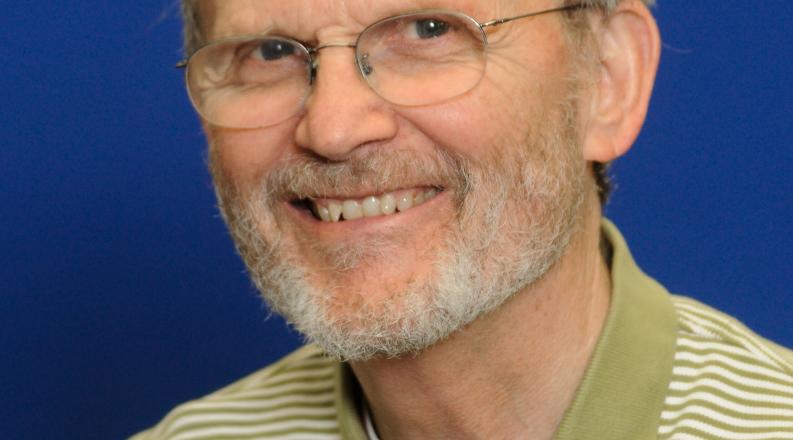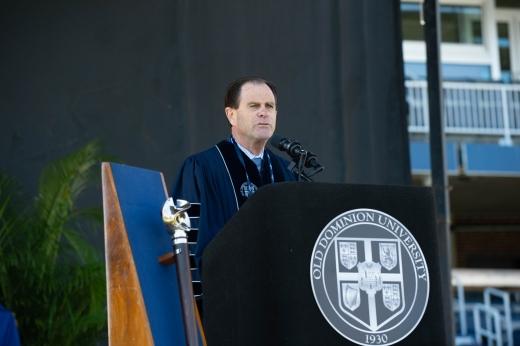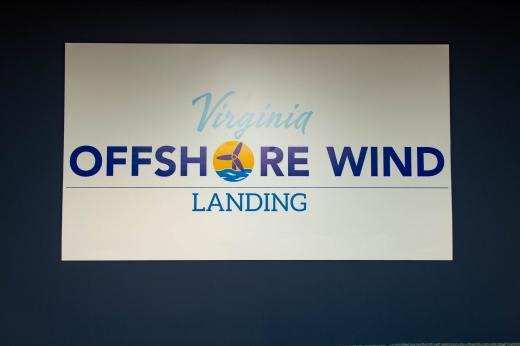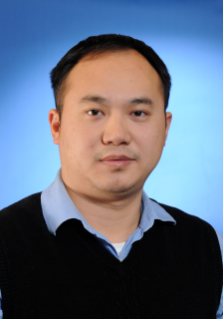Bob Ash, 79, said his career shows that "you need to be patient, and you need to be able to accept criticism."
By Philip Walzer
When Bob Ash, then a young faculty member at Old Dominion University, applied for his first federal grant more than 50 years ago, he was rejected. One reviewer said Ash didn't have the potential to do research.
Boy, did he get that wrong.
Starting in the '70s, Ash worked to devise systems to extract oxygen and other resources from the surface of Mars. Between 1985 and 1988, 50 engineering majors designed and tested what they called the ODU Mars Oxygen Processor.
This year, their work bore fruit. In April, NASA's Perseverance robot collected oxygen on Mars with a toaster-sized instrument "based on the same architecture as ours," Ash said.
Another discovery, in 2006, with NASA Langley researcher Allan Zuckerwar, involved the non-equilibrium behavior of fluids. "It is my belief," Ash said, "that this particular phenomenon is responsible for determining whether a tornado is EF1 or EF5 or somewhere in between."
He plans to keep working on that. But Ash, the most senior faculty member at ODU, is retiring this month at the end of his 54th academic year at the University.
Ash, Eminent Scholar and professor of mechanical and aerospace engineering, has won seven outstanding engineering faculty awards at ODU. He's received more than $6.3 million in federal grants and published more than 100 refereed articles. He's not sure of the exact count and doesn't care. "It's what you put in the article that counts," he said. "It's not how many."
Along the way, Ash served in leadership positions, including interim vice president for research and acting dean of engineering. But his heart stayed in teaching and research.
Ash, 79, said his career shows that "you need to be patient, and you need to be able to accept criticism.
"Many of the rejections I have received have been almost as valuable as publication. If you have passion for what you are doing, pursue the passion, invite the criticism and work within the organization. Collaboration is the secret to most of what we do."
ODU President John R. Broderick said: "Bob Ash is known by every engineering graduate for decades, whether it is for his cutting-edge research or stellar teaching style. He has always been acknowledged by his students for being affable and approachable. His will be a tough spot in the lineup to replace."
Sebastian Bawab, professor and chair of the Department of Mechanical and Aerospace Engineering, called Ash "a great mentor and leader in our department, college, University and community. He hired me back in 1992, and I learned so much from him. Dr. Ash loved our students and involved them on projects that were initially considered unattainable at their level."
Ash also won friends outside engineering. "Bob is funny, smart and a real genuine person," said Cecilia Tucker, director of community relations. "My life has been made richer because I've known him."
Ash joined Old Dominion in 1967, when Lewis Webb was president. Ash already knew Webb's son, George, who was Ash's favorite engineering professor at Tulane University, where he received his doctorate. Ash met George's sister, Mary Lewis, right before he left Tulane.
"At first, I didn't want anything to do with the president's daughter," Ash joked.
"Eventually I pursued her," he said, and they married in 1969. "That was the most important decision of my life. Not only is she an absolutely fantastic partner, but I got to know her mother (Virginia) and father. He was one of the finest people I ever worked with, and I was honored to be his son-in-law."
In his early days at Old Dominion, the pace was slower, with leisurely discussions over coffee with colleagues in liberal arts. "There were a lot of first-rate faculty in 1967, but the pressure was not nearly as great."
Students then "were much more solid fundamentally" than they are today, Ash said. Now "they have tools available to address engineering problems that weren't even dreamed of in 1967," but he worries they've become "too reliant on the internet."
Ash's specialty is thermodynamics, which encompasses such subjects as energy systems, heat transfer and the behavior of fluids.
His career took a significant turn in 1976, at a NASA retreat. He was encouraged to apply for a position at the National Research Council. "In those two years, I did the research that got me involved in Mars," Ash said. "I had been working on turbulent flow research for NASA Langley."
His assignment was to manufacture fuel on Mars to power a rocket's return to Earth.
Initially, he hoped to create methane from water on the surface of the planet. But he wasn't sure about its accessibility. So he and his students devised a system to extract oxygen from carbon dioxide.
"I was convinced by early 1978 that this was really important technology that needed to be pursued at NASA," Ash said. "It took 19 years for them to decide it was a good idea."
Hollywood also thought it was a good idea. The device designed by Ash's students in the '80s was the prototype for the vehicle that Matt Damon used to escape Mars in the 2015 movie "The Martian."
He hopes to spend his retirement gardening, visiting grandchildren in Cincinnati and working on that fluid-behavior thesis that he thinks can influence tornado strength.
Ash, who says he's more a workhorse than a racehorse, plans to stick with the project. "I'm hoping by 2025, people will begin to realize we did something important here at ODU."
Related News Stories
ODU Celebrates 2020 and 2021 Graduates with Virtual and In-Person Ceremonies
Nearly 4,000 students are participating in the events at Kornblau Field at S.B. Ballard Stadium. (More)
ODU’s OpenSeas Technology Innovation Hub Helps Launch Virginia Offshore Wind Landing
The venture, which includes the Hampton Roads Alliance and the Virginia Department of Mines, Minerals, and Energy, aims to position Hampton Roads as an innovation and supply chain hub for the offshore wind industry. (More)
ODU Professor Receives National Science Foundation Award for COVID-19 Initiative
Wu He recently won the organization’s 2021 Director’s Award for Superior Accomplishments. (More)






